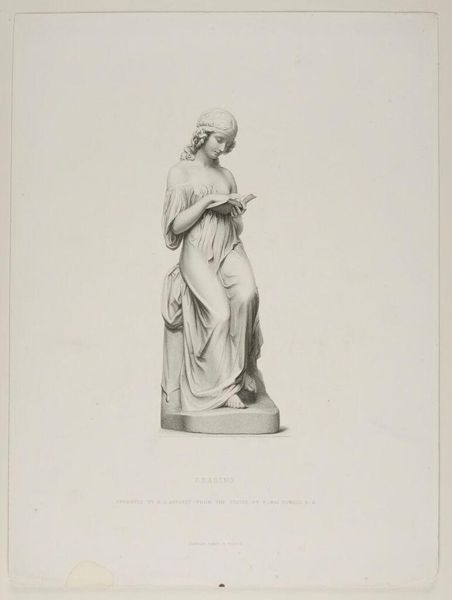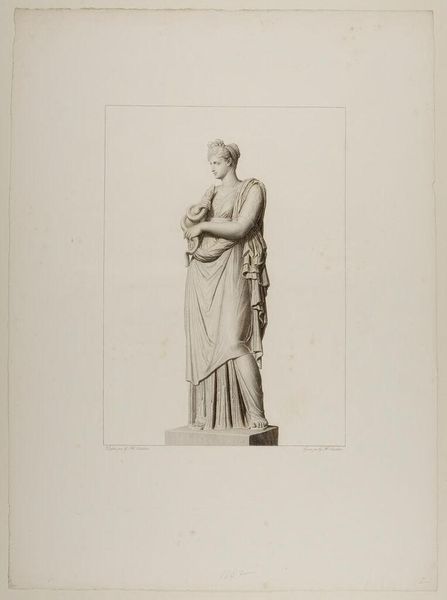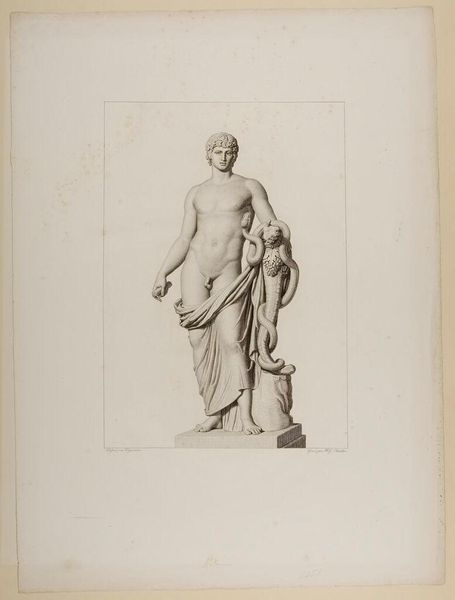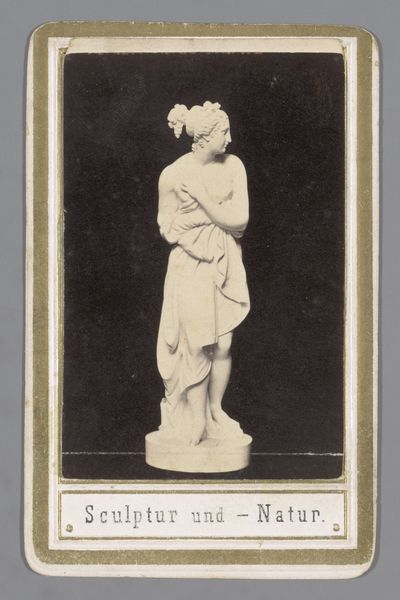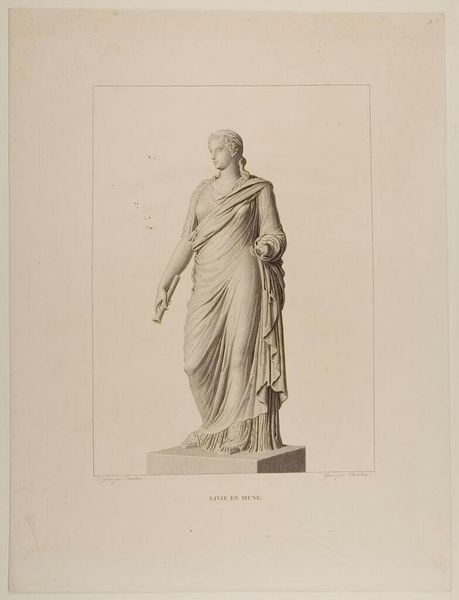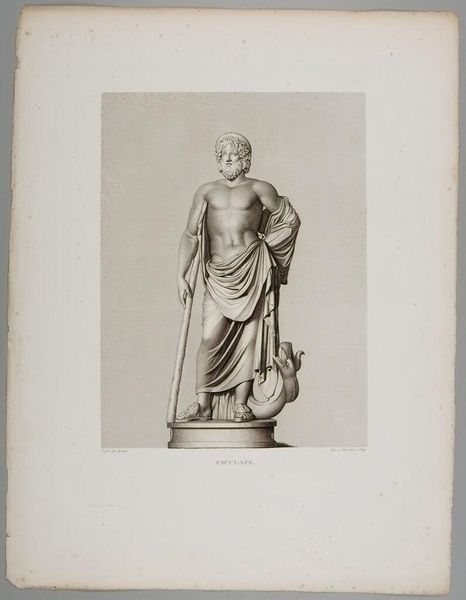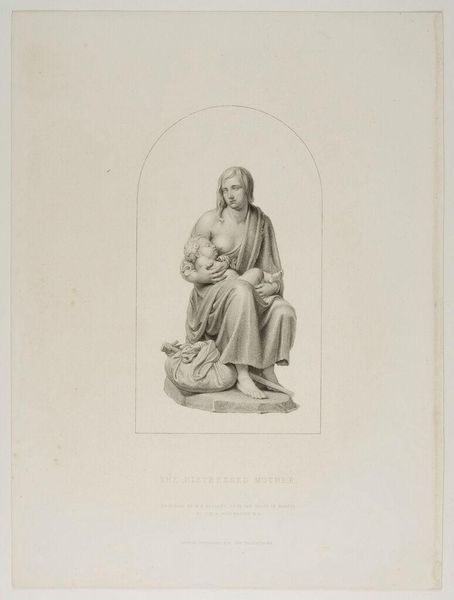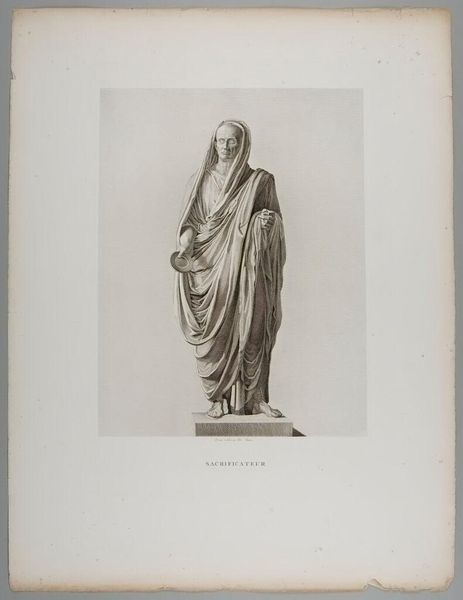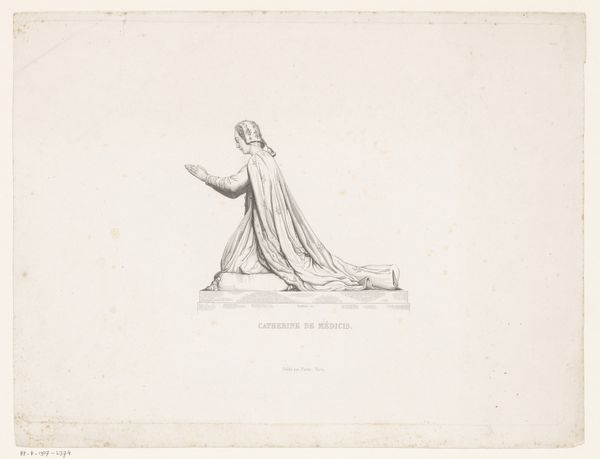
Innocence c. 19th century
Copyright: CC0 1.0
Curator: Welcome. Here we have Richard Austin's "Innocence," held at the Harvard Art Museums. Austin lived from 1767 to 1817. Editor: It’s delicately rendered, this young woman. Her posture, head bowed and hands clasped, suggests a kind of vulnerability and introspection. Curator: The motif of "Innocence," especially in Neoclassical art, was used to project ideas of purity, often in the service of larger social and political narratives around idealized womanhood. Editor: Those heavy draperies, though... They add such a weight to the figure, almost contradicting the supposed lightness of innocence. Is it innocence weighed down by expectation, perhaps? Curator: Or perhaps the social expectations of the time? It's a reminder that even ideals are shaped by the forces of history. Editor: Food for thought on how symbols can hold such complex layers of meaning. Curator: Absolutely. A reminder of the many meanings an image can hold.
Comments
No comments
Be the first to comment and join the conversation on the ultimate creative platform.
